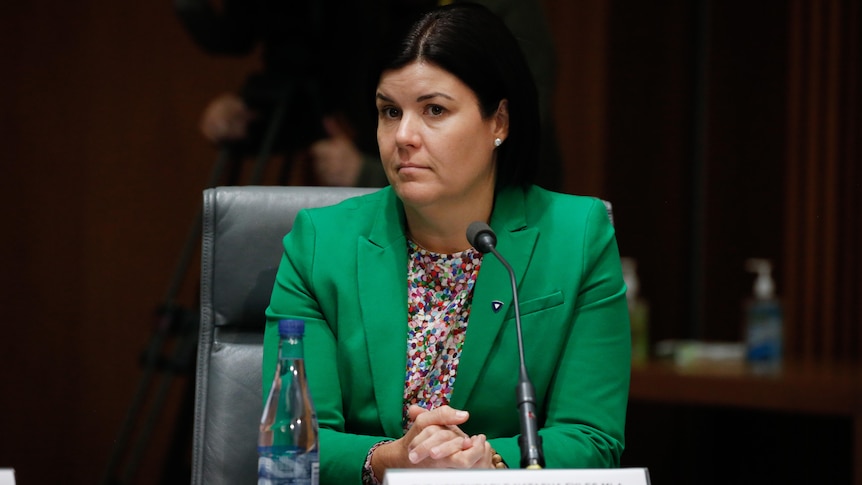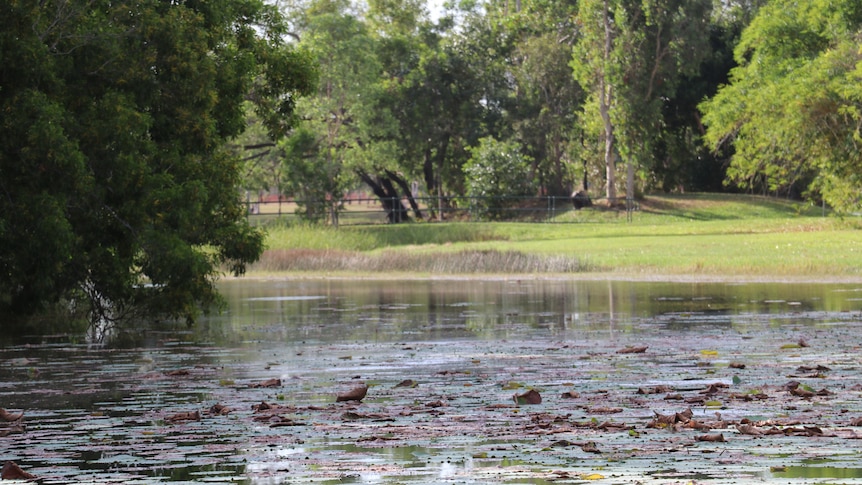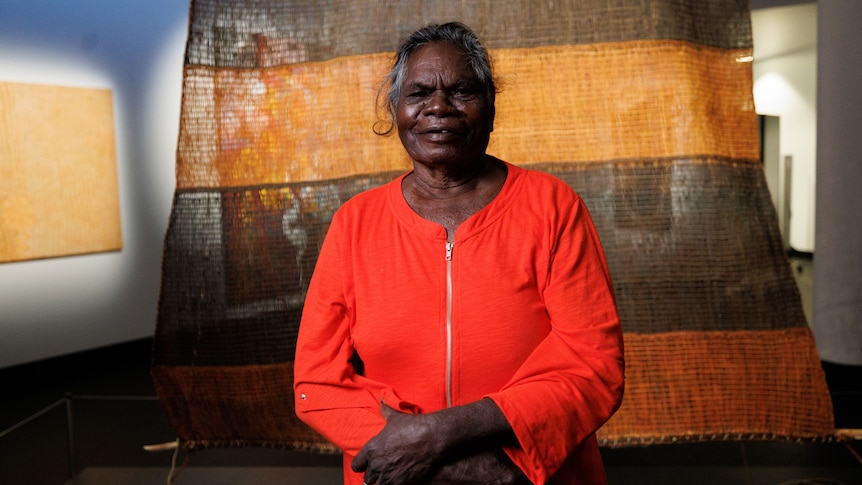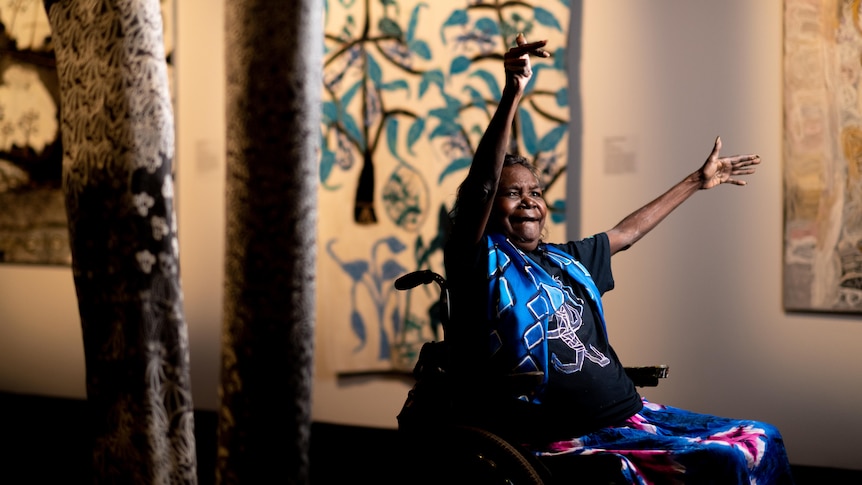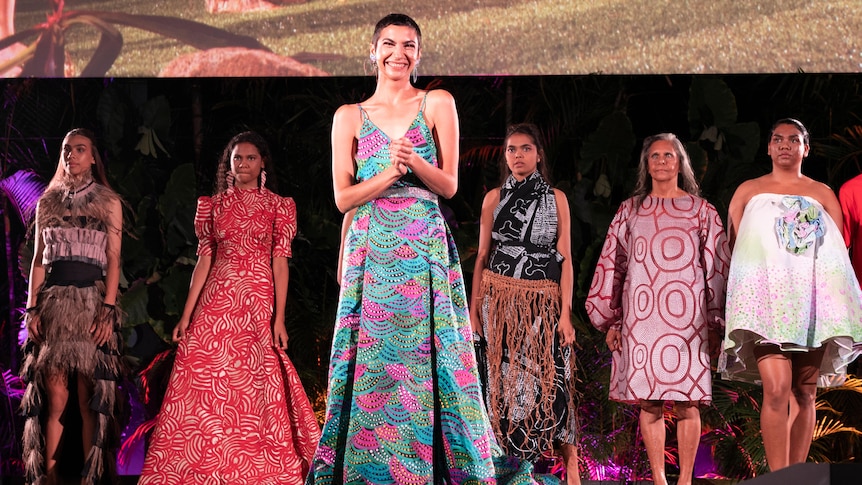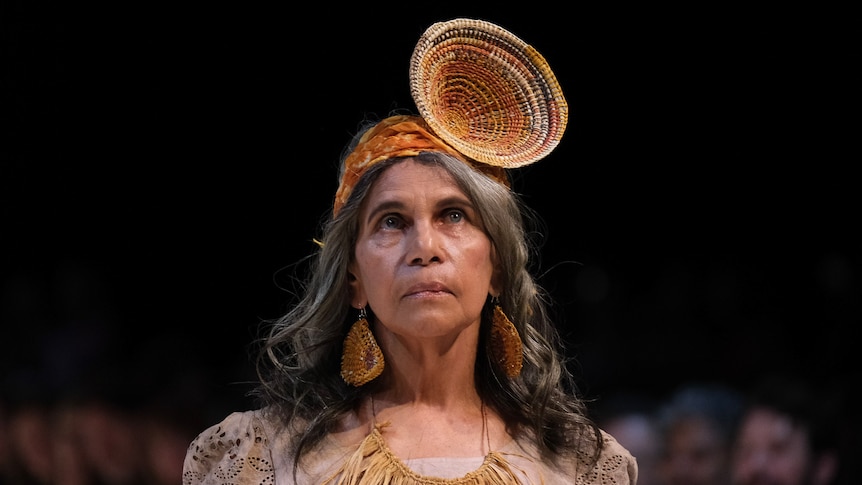The Northern Territory Chief Minister is under renewed pressure to allow the anti-corruption watchdog to access secret cabinet documents that were the subject of a “serious allegation”.
Key points:
- The ICAC was told a cabinet submission was allegedly inappropriately edited by a public officer
- Michael Gunner declined a request to give the material to the ICAC, citing cabinet privilege
- The Opposition says Natasha Fyles should overturn Mr Gunner’s earlier decision
In a report tabled in parliament last month, Independent Commissioner Against Corruption, Michael Riches, said he initiated an investigation after receiving a claim that a cabinet submission had been “edited” by a public officer “so as to be misleading to the true state of affairs”.
However, because current legislation prevents the ICAC from accessing cabinet-related material, Mr Riches said he “invited” then chief minister Michael Gunner to consider handing over the relevant documents.
Mr Gunner declined the request, which Mr Riches said was his legal right, but he added that doing so prevented further investigation.
The Opposition has been calling for Ms Fyles, who took over from Mr Gunner in May, to handover the material, given she later agreed to grant the ICAC access to other cabinet-related documents that were the subject of a different allegation.
But during an interview on ABC Radio Darwin on Tuesday, Ms Fyles deflected repeated questions about whether she would overturn Mr Gunner’s earlier rejection of the ICAC request.
Instead, she said it was her understanding that the ICAC’s requests to Mr Gunner and herself related to “the same issue”, although she said she did not know the specifics of the allegation.
“This was at arm’s length, which is why I sound vague on it, because we allowed [the] cabinet office to talk to the ICAC so the ICAC could ascertain within cabinet privilege what he needed, but at the same time, respecting that process of cabinet privilege,” she said.
Opposition Leader Lia Finocchiaro said the Chief Minister was trying to avoid scrutiny.
“Any leader with integrity would make sure the ICAC Commissioner has the information he needs,” she said.
“And the fact that Natasha Fyles can’t even answer simple questions around provision of that information shows that she’s completely hands-off and running from scrutiny.”
ICAC boss reveals new details
Following questions from the ABC, Mr Riches confirmed his requests to Mr Gunner and Ms Fyles for cabinet-related material related to “two entirely separate matters”.
He said the investigation into the matter he raised with Mr Gunner “remains closed” but that he would be “pleased” if the government were to contact him about it.
“The government has my request. It has made its decision,” Mr Riches said.
“If the government wishes to reconsider its position, I would be pleased to hear from them.
“But I will not make the request a second time.”
Mr Riches also revealed new details about the matter he raised with Ms Fyles.
“In the second matter, I was actually provided with documents anonymously,” he told the ABC.
“Those documents appeared to be cabinet documents.
“Because the documents were likely cabinet documents I did not read them [other than the title of each document] and they were stored in a safe.”
Mr Riches said he subsequently wrote to Ms Fyles, who did not press a claim of privilege, which enabled him to view the documents under the ICAC Act.
He declined to say whether he is investigating the matter further.
Ms Fyles said the government is currently reviewing the ICAC Act, which will examine whether changes are needed in relation to cabinet privilege.
.
